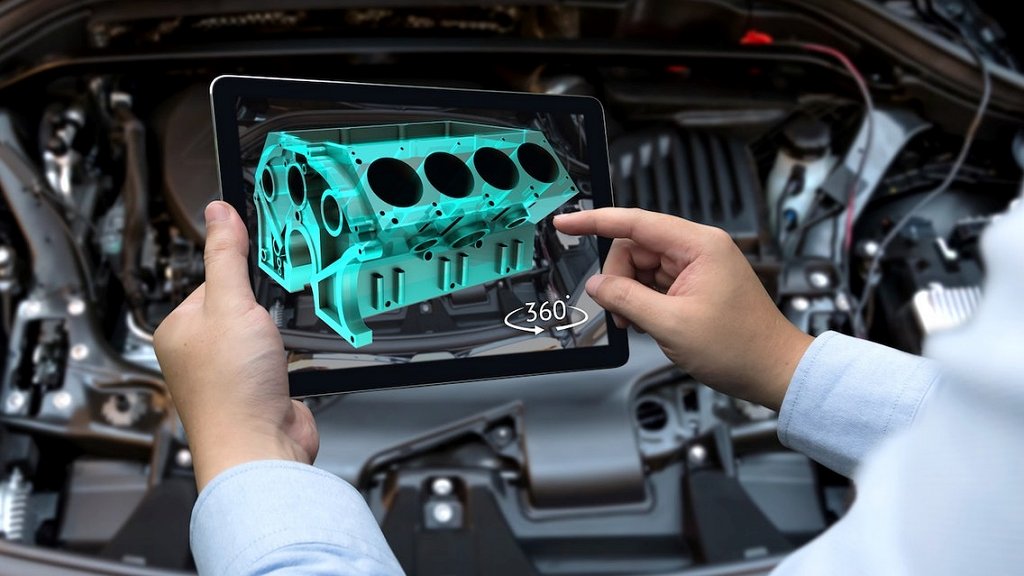COVID-19 Accelerates Industrial AR/VR Use
05.11.2020
With their ability to minimize operator errors, reduce training time, and enable remote assistance, augmented and virtual reality technologies are seeing a growth in interest amid the pandemic.

Since the spring of 2020, we’ve all been witnesses to how the COVID-19 pandemic continues to impact the manufacturing industries. From collaborative robots and supply chain management to social distancing technologies, every facet of industry is adjusting to the new realities of manufacturing amid the virus.
One area of technology that had been gaining a lot of interest pre-COVID has been put to the test during the pandemic to help industry adjust to the impact on labor. According to Dijam Panigrahi, co-founder and COO of Grid Raster Inc. (a supplier provider of cloud-based augmented and virtual reality platforms), “an increasing number of locations have begun to implement automation technologies that include augmented reality and virtual reality (AR/VR) as a way to speed efficiencies, lower costs, and minimize human touch points for social distancing.”
Panigrahi noted a study from Aviation International News which showed that 42% of manufacturers in the aerospace sector are looking to implement AR/VR technologies (among other advanced automation technologies) in the next twelve months.
Like many industrial sectors, the automotive industry was particularly hard hit by COVID-19. Panigrahi said that many car manufacturers completely shut down or scaled back their operations in March after the widespread outbreak of COVID-19. He added that the automotive industry faced a second blow in the summer as many plant workers decided to remain home for fear of catching the virus while working at the manufacturing facilities.
 Dijam Panigrahi, co-founder and COO of Grid Raster Inc.
Dijam Panigrahi, co-founder and COO of Grid Raster Inc.
According to Panigrahi, AR/VR technology, in particular, has been “showing great promise for auto manufacturers for a number of uses. The technology allows automotive designers and manufacturers to: conduct real-time 3D visualization and CAD for design and manufacturing; conduct faster training cycles; and enable professionals to work at drastically higher levels. In fact, some manufacturers report minimized errors using AR/VR through instructions overlay, remote assistance, and better planning and visualization. This has resulted in a more than 40 percent increase in productivity in some instances.
As more manufacturer look to implement AR/VR technology to address the labor issues created by COVID-19, Panigrahi stressed that operations managers should pay close attention to the technology infrastructure surrounding any AR/VR platforms they assess for use in their plants. “Choose a platform that is cloud-enabled,” he advised, “so that projects can truly scale when needed. Manufacturers are overcoming their growth limitations by leveraging cloud-based (or remote server-based) AR/VR platforms powered by distributed cloud architectures and 3D vision-based artificial intelligence. These cloud platforms provide the desired performance and scalability to drive innovation in the industry at speed and scale.”
Author: David Greenfield
Source: www.automationworld.com




































